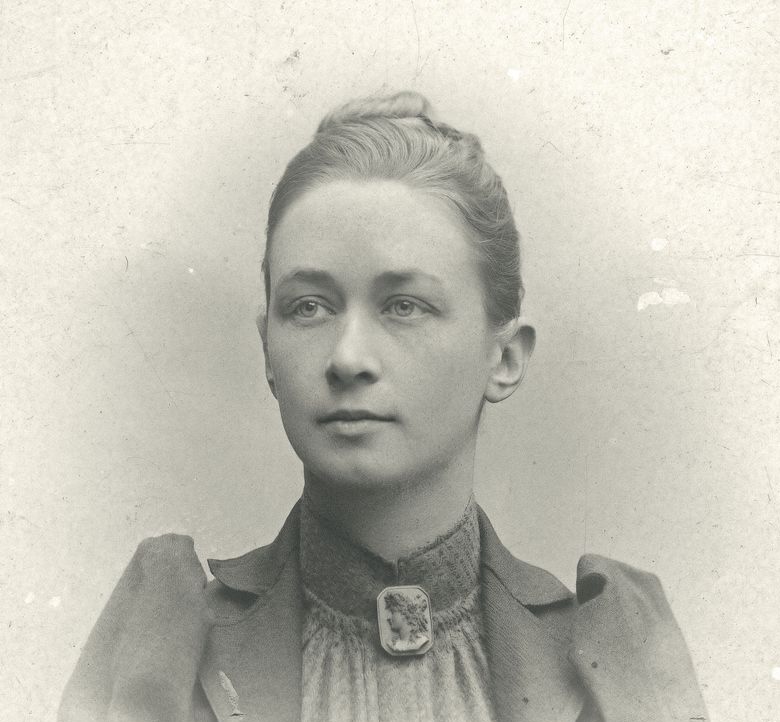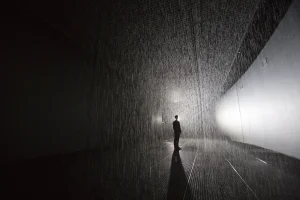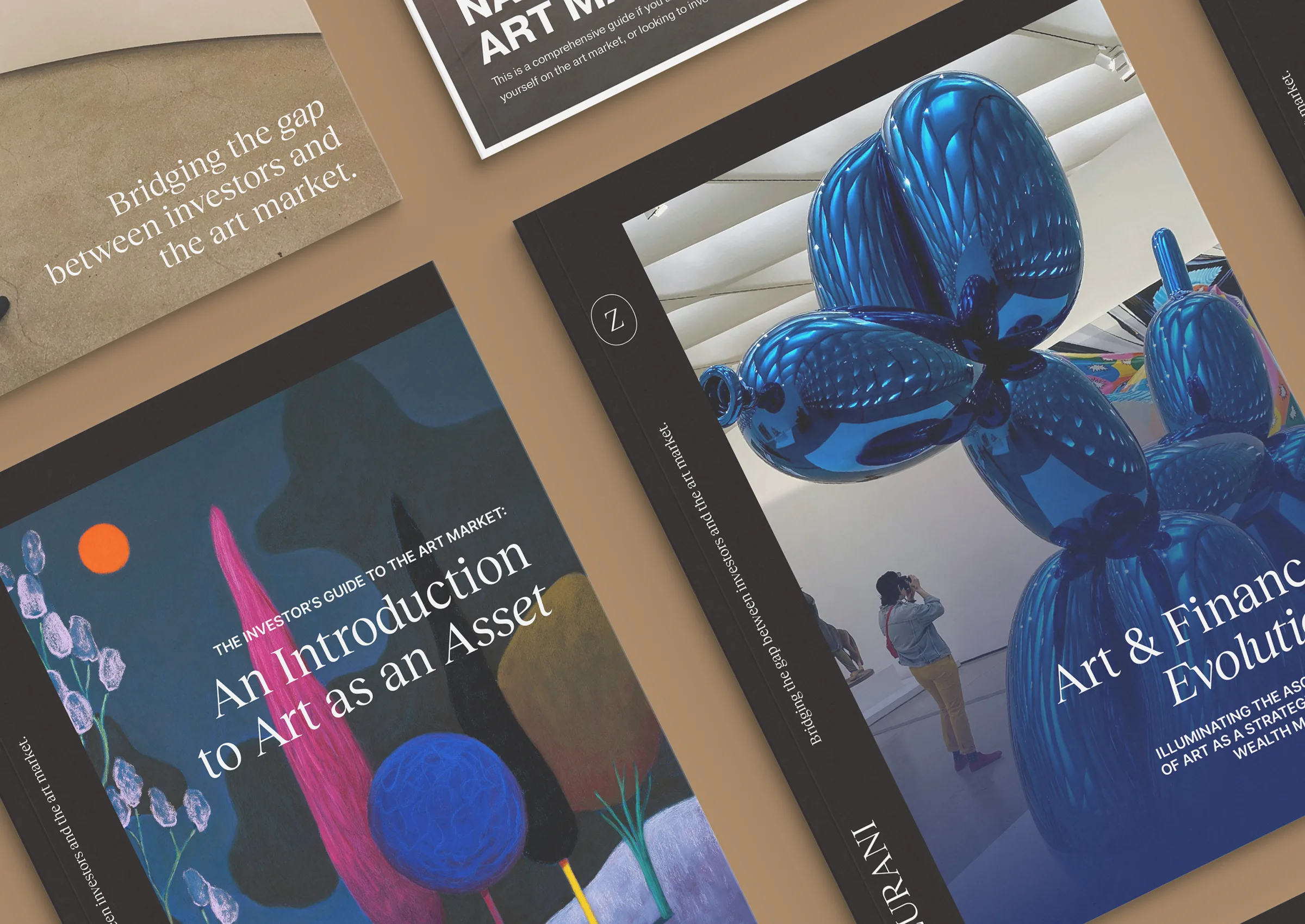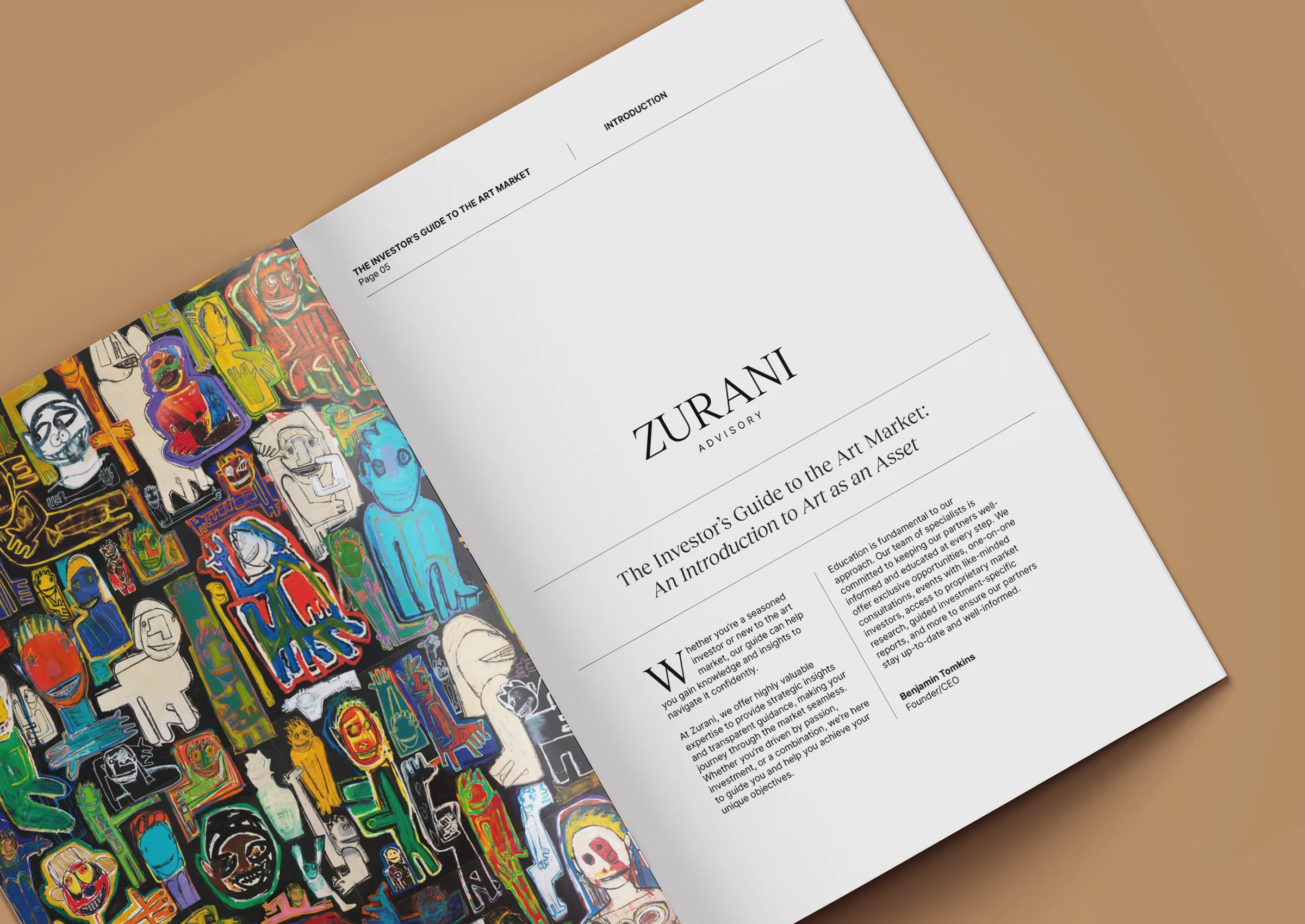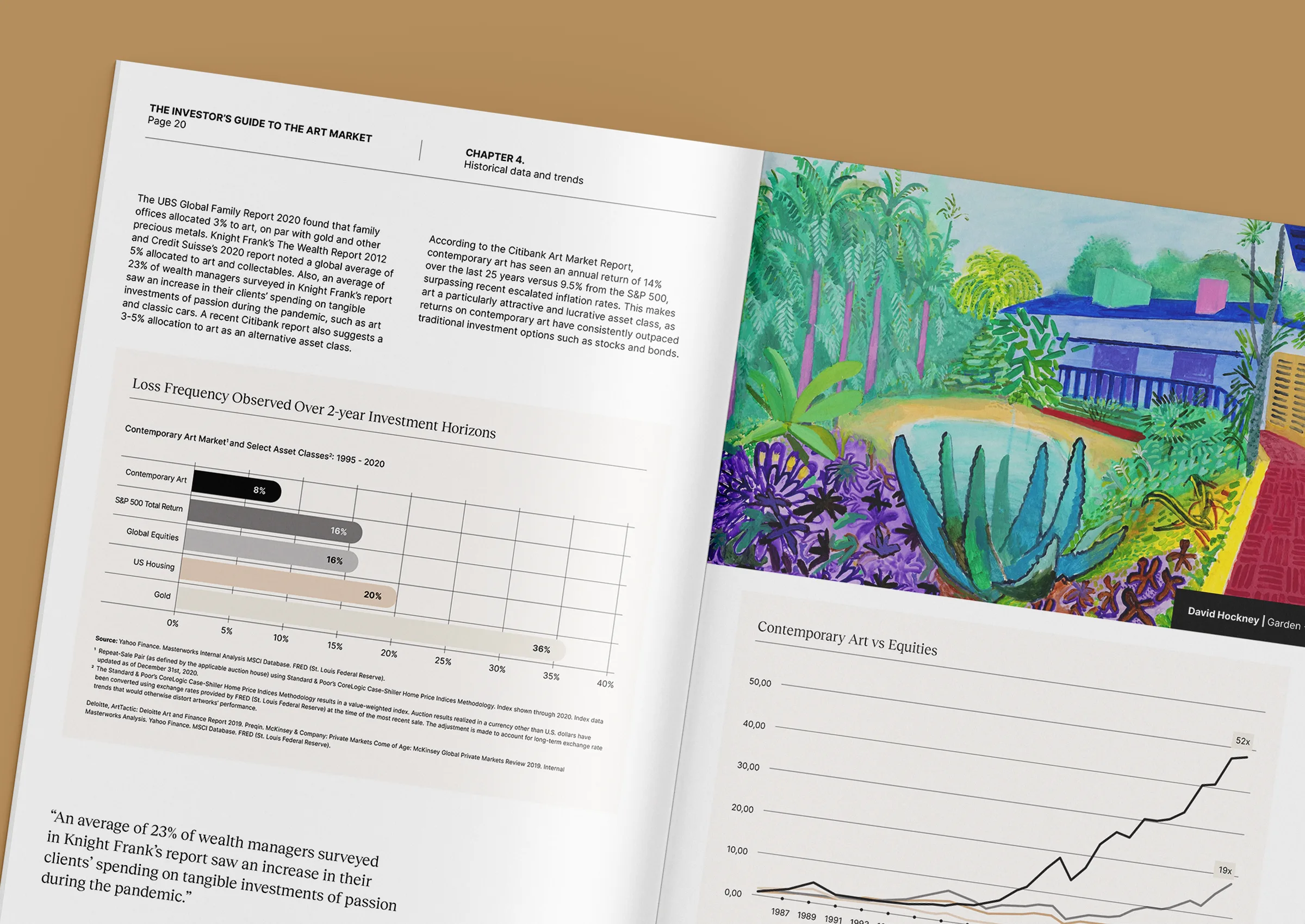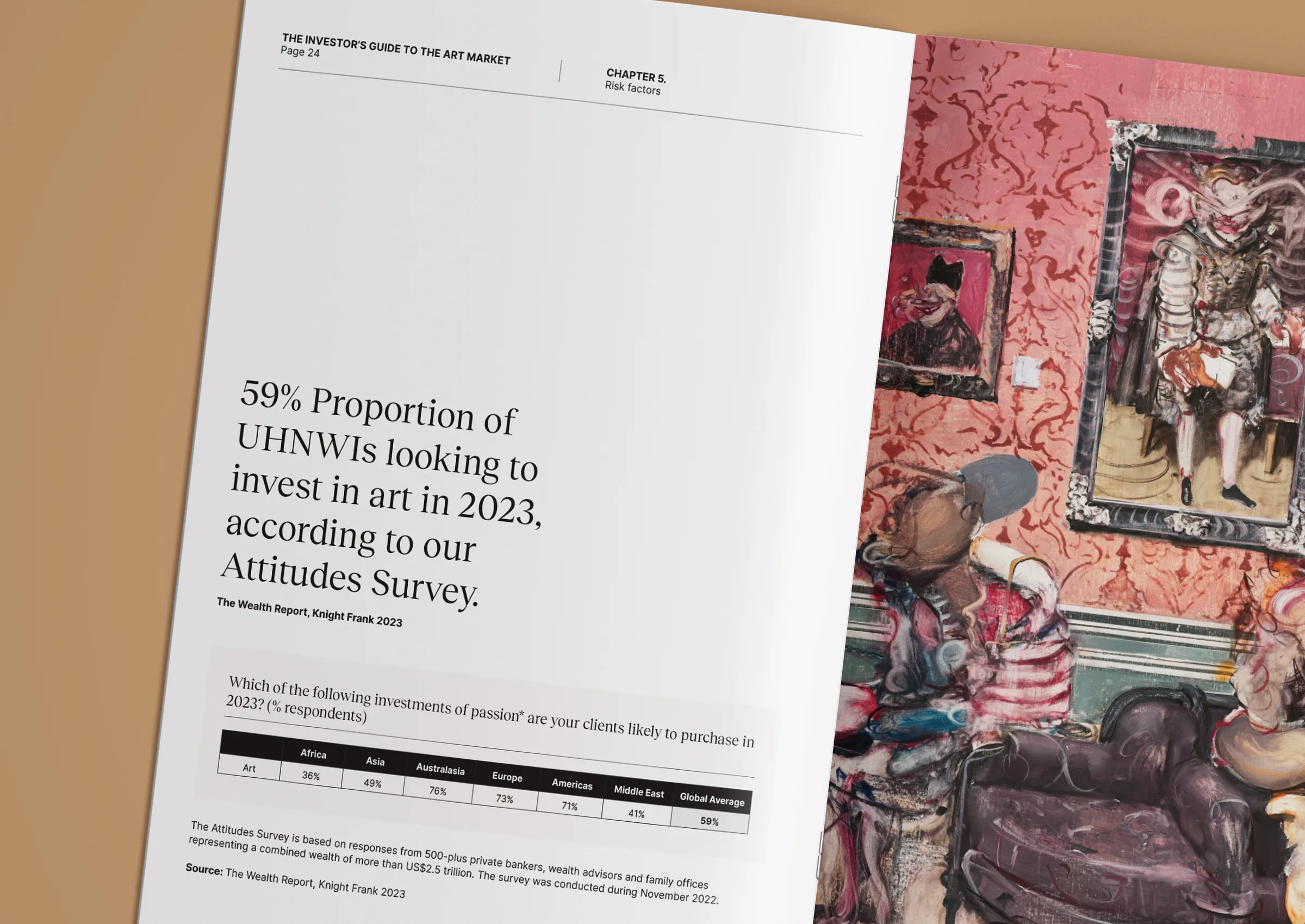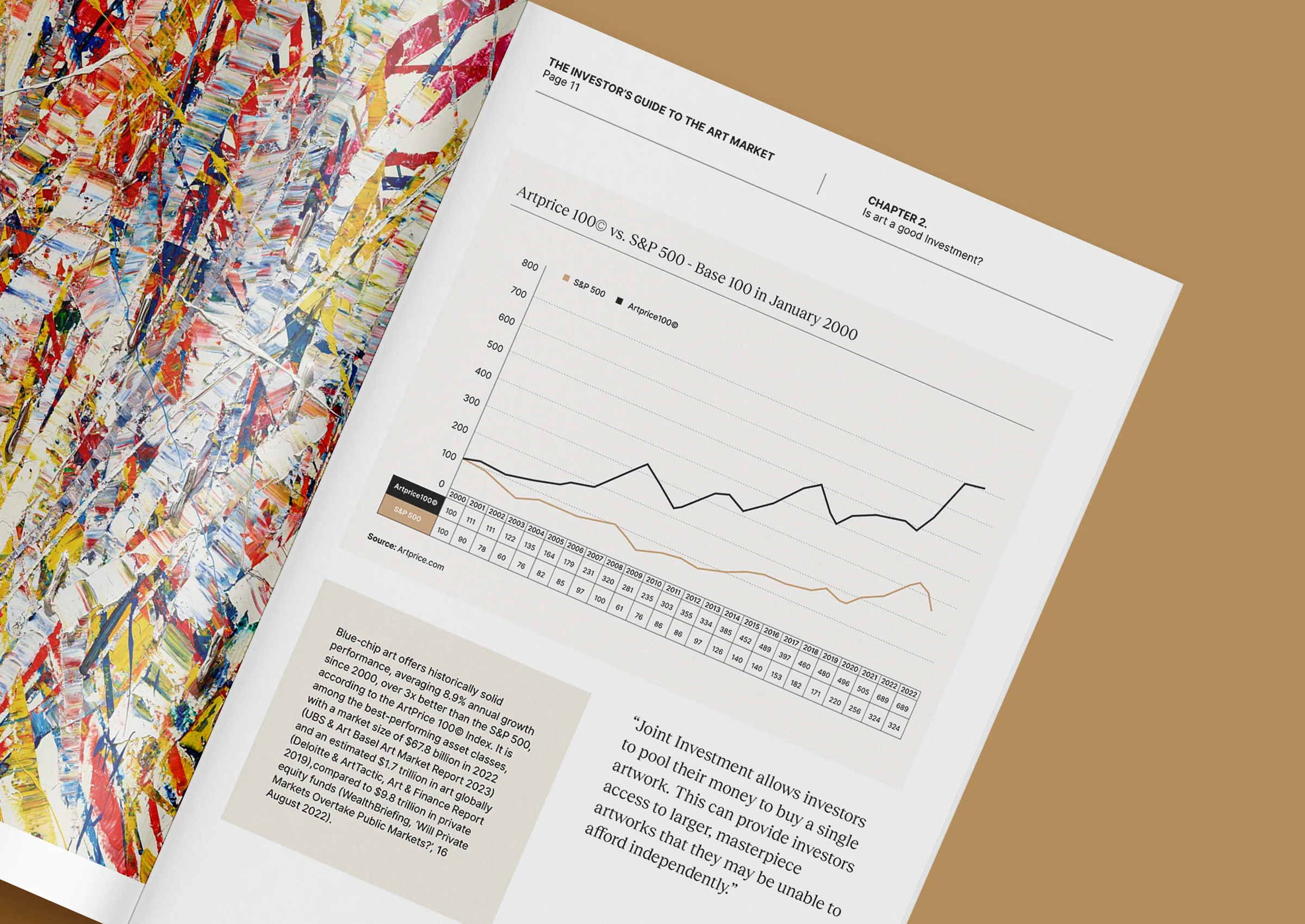Revisiting the artist who painted the invisible
Long before abstraction became the language of modernism, Hilma af Klint was already fluent in it. Working in Sweden at the turn of the twentieth century, she created vast, luminous canvases filled with spirals, symbols, and geometric forms, decades before artists like Kandinsky or Mondrian would take similar leaps.
Once dismissed as mystical, her work now stands as one of the great rediscoveries of modern art. Through a deep engagement with spirituality and science, af Klint explored not what could be seen, but what could be felt.

The unseen pioneer
Hilma af Klint trained at the Royal Academy of Fine Arts in Stockholm, where she excelled in portraiture and botanical illustration. Yet privately, she pursued something far more radical. Influenced by spiritualism, Theosophy, and her own visionary experiences, she produced a secret body of work that she believed was guided by higher forces.
Between 1906 and 1915, she painted The Paintings for the Temple, a cycle of more than 190 abstract works that map a journey from material existence to spiritual enlightenment. These paintings, filled with spirals, orbs, and coded forms, anticipated abstraction’s evolution by years.
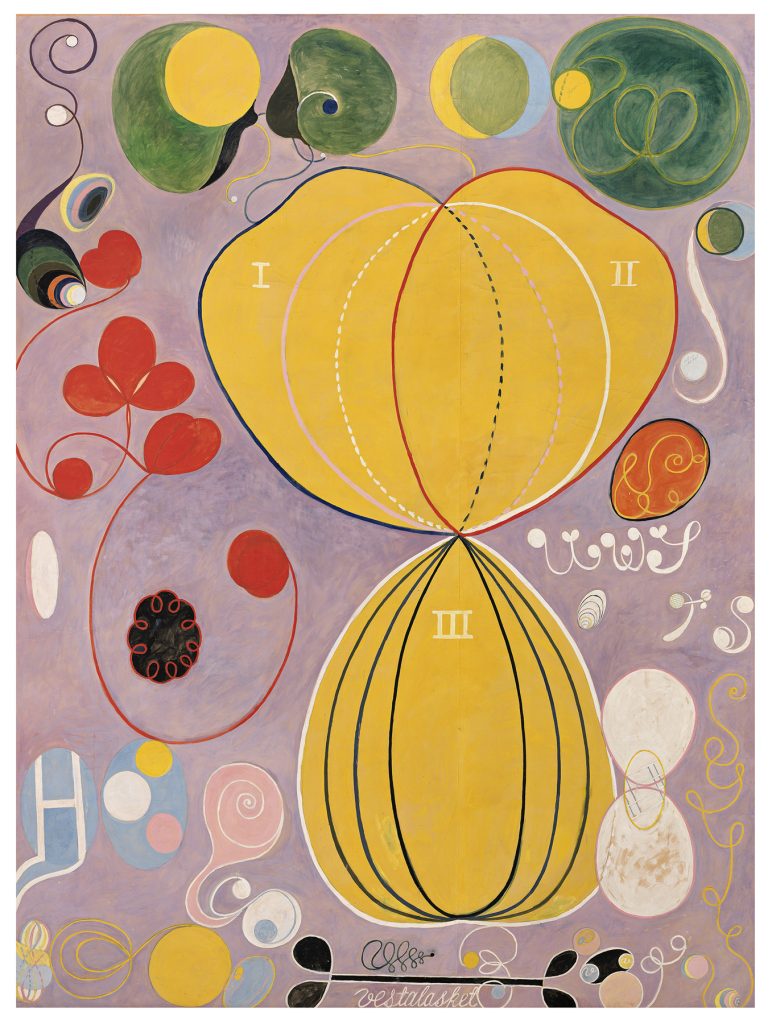
Rediscovered and redefined
For much of the twentieth century, Hilma af Klint’s art remained unseen. She had stipulated that her abstract works should not be exhibited until at least twenty years after her death. When they finally emerged, their scale and sophistication astonished historians and audiences alike.
Her 2018 retrospective at the Guggenheim Museum in New York became one of the most visited exhibitions in the institution’s history, rewriting the narrative of who truly invented abstract art. More importantly, it invited a re-evaluation of how we define innovation, not just by visibility, but by vision.
Art as a bridge between worlds
Af Klint’s practice sits at the intersection of art, philosophy, and mysticism. She believed her paintings could reveal connections between the spiritual and the physical, science and faith, the feminine and the universal. Her use of geometry, colour, and rhythm expressed a search for unity, for a language beyond words.
Today, her work resonates with contemporary audiences drawn to art that feels both transcendent and human. In an age of constant information, her paintings offer something quieter and more expansive: space for contemplation, symbolism, and imagination.
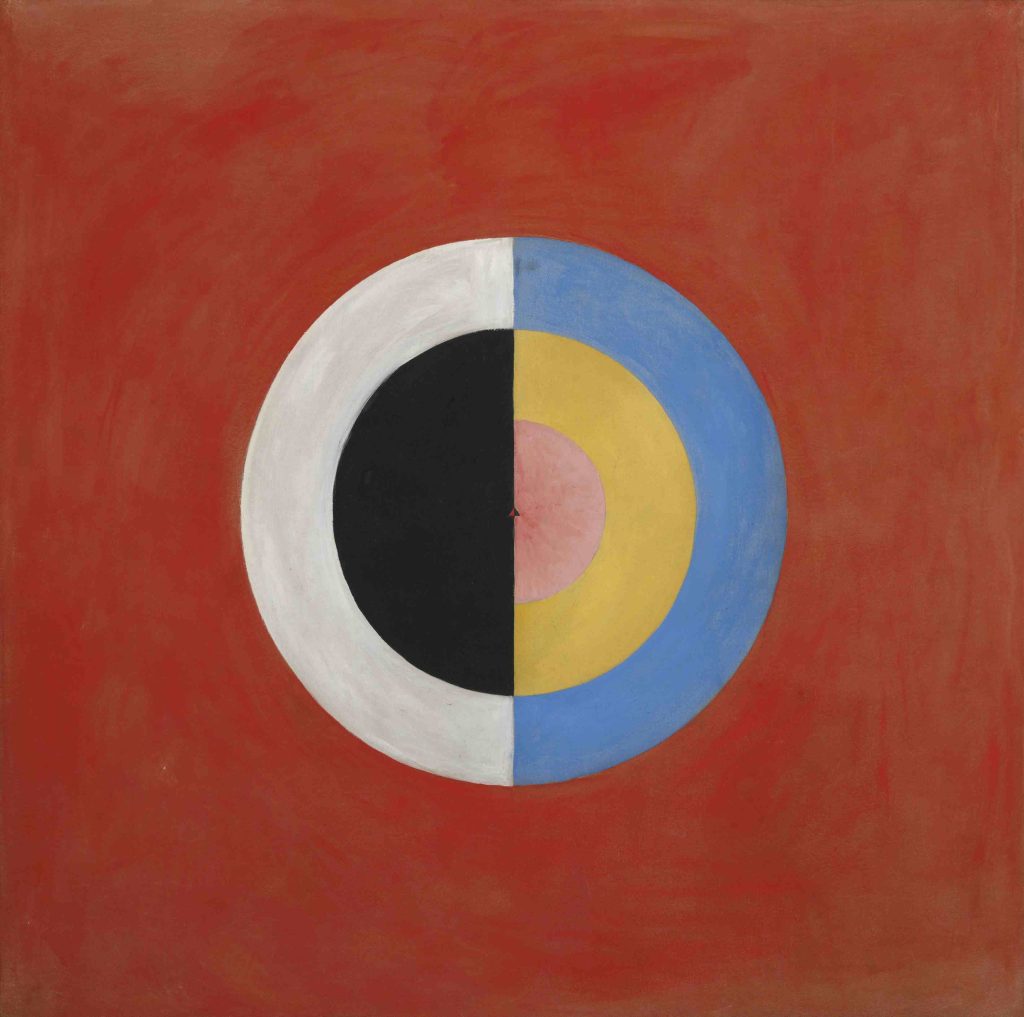
Legacy and influence
Hilma af Klint’s influence now stretches far beyond her lifetime. She has inspired contemporary painters, digital artists, and designers exploring the unseen structures that connect us. Her art feels both historical and futuristic, a timeless dialogue between intuition and intellect.
Her story also challenges how we measure artistic progress. It reminds us that genius often exists unnoticed, waiting for its moment to be understood. For collectors, curators, and admirers alike, af Klint’s legacy affirms that the most enduring art is not bound by time, but by truth.
If you wish to explore collecting works by Hilma af Klint’s contemporaries or discuss opportunities to acquire pieces from her era, contact Zurani at +971 58 593 5523 or email contact@zurani.com.
